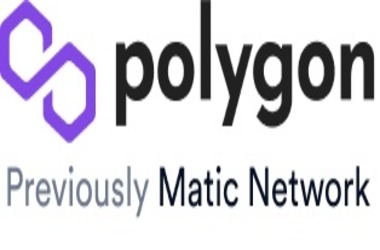The recent surge in inscriptions, the latest digital collectible craze, has created disruptions across various blockchain networks, including Arbitrum, zkSync, and Avalanche. According to insights from Branden Farmer, co-founder of Polygon, implementing parallelized Ethereum Virtual Machines (EVMs) could be the key solution to address the performance degradation and crashes induced by the overwhelming influx of inscriptions.
Digital Collectible Craze and Its Genesis
Digital collectibles began on the Bitcoin network following the Taproot upgrade in 2021. This upgrade empowered users to embed data into a transaction’s “witness” field, giving rise to images, tokens, and other collectibles on the Bitcoin blockchain. However, the enthusiasm for inscriptions extended beyond Bitcoin, flooding Ethereum sidechains and layer-2s like Arbitrum, Avalanche, and Polygon.
The distinctive feature of these inscriptions lies in their use of the “call data” field in EVM-based networks, making them more cost-effective than traditional nonfungible tokens (NFTs). Unfortunately, this cost efficiency led to a surge in inscription transactions, resulting in elevated fees and instability across multiple blockchains. Notably, on December 15, Arbitrum faced a 70-minute outage due to inscription spam.
The Proposed Solution: Parallelized EVMs
In an exclusive conversation, Polygon’s Co-founder suggested parallelized EVMs as a potential remedy for this issue. By enabling unrelated transactions to be processed simultaneously, parallelism could significantly enhance blockchain throughput, mitigating the impact of inscription spam.
Farmer says, “In general, the EVM is executed sequentially, so every transaction in a block must be executed in order.” However, with a parallelized EVM, unrelated transactions can be processed concurrently, providing a more efficient way to handle various transactions.
Localized Gas Fees: Tailoring Costs to Transactions
Farmer also highlighted the concept of “localized gas fees,” a feature not yet implemented on Polygon but part of their future goals. This approach aims to tailor gas fees to specific transaction types, ensuring that a surge in one transaction does not disproportionately affect others.
Polygon has already taken strides toward parallelization with the introduction of “Block-STM,” resulting in a 1.6x improvement in performance. Farmer emphasized that this approach, initially proposed by Solana developers, is gaining traction across multiple blockchains, including Aptos and Monad.
The Vision for Enhanced Performance
Despite the progress made with parallelization, Farmer envisions a more robust solution by combining it with increased block space through layer-2 ecosystems, such as Polygon 2.0. This holistic approach is expected to usher in a new era of improved performance and resilience against spam attacks, ensuring the stability and efficiency of blockchain networks amidst the rising popularity of digital collectibles.

